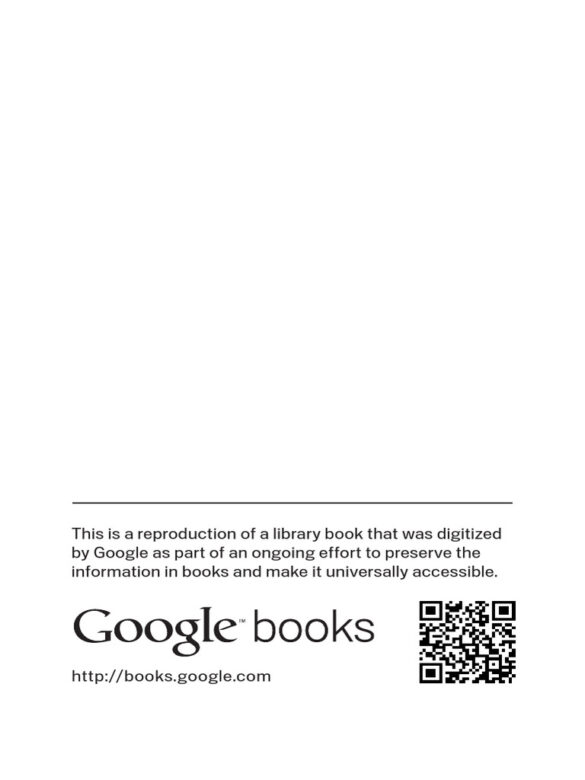At the heart of Christianity lies the Catholic Church, whose origins weave a tapestry rich in religious fervor and historical significance. Understanding where the Catholic Church originated involves not only exploring its foundational events and key figures but also examining the socio-political dynamics that influenced its emergence. This article delves into the historical evidence and beliefs that shape the understanding of the Catholic Church’s beginnings from a Christian perspective.
To comprehend the origin of the Catholic Church, we must first journey back to the early days of Christianity itself. Christianity arose in the 1st century AD, primarily within the geographical confines of Judea, a province of the Roman Empire. The teachings of Jesus of Nazareth, a Jewish preacher, became the bedrock of this burgeoning faith. Key to this narrative is the belief in Jesus as the Messiah—the anointed one expected by the Jewish people—and the Son of God, whose crucifixion and subsequent resurrection are considered pivotal events in Christian doctrine.
Following Jesus’ resurrection, His apostles played a crucial role in disseminating His teachings. The apostolic mission primarily focused on spreading the gospel, leading to the establishment of early Christian communities throughout the Mediterranean basin. The Acts of the Apostles, a key text in the New Testament, chronicles these formative years and highlights the efforts of figures such as Peter and Paul in asserting the church’s presence beyond Judea, moving into regions such as Galilee, Asia Minor, and Rome.
As the Christian community expanded, it encountered numerous challenges, including persecution from both Jewish authorities and Roman officials. These trials, however, would ultimately serve to fortify the resolve of believers and catalyze the church’s growth. Historical accounts suggest that Christianity began to gain acceptance within the Roman Empire in the early 4th century, particularly during the reign of Emperor Constantine, who issued the Edict of Milan in 313 AD, granting religious tolerance to Christians. This pivotal moment facilitated the transition from a persecuted sect to a recognized and influential institution.
While the Edict of Milan marked a significant turning point, it was the First Council of Nicaea in 325 AD that laid the groundwork for what would evolve into the Catholic Church as we know it today. Chaired by Constantine himself, the council sought to address theological disputes and unify believers under a standardized doctrine. The Nicene Creed, formulated during this council, articulates foundational Christian beliefs, particularly the nature of Christ and His relationship to the Father. This document remains a cornerstone of Catholic faith, encapsulating essential Christian tenets that transcend denominational boundaries.
The term “Catholic” itself, derived from the Greek word “katholikos,” meaning “universal,” was used to describe the church’s aspiration to be a unified body of believers transcending local congregations. This notion of universality became intrinsic to the Catholic identity, particularly as the church sought to establish authority and coherence amid growing theological diversity. By the end of the 4th century, the Catholic Church had begun to assert itself as the principal Christian institution, spearheaded by bishops entrusted with spiritual and administrative leadership.
In conjunction with its evolving ecclesiastical structure, the Catholic Church developed a rich liturgical tradition. The sacraments, essential rites that confer grace, became integral to the church’s religious life. Baptism, Eucharist, and Confirmation are among the sacraments that embody core Christian beliefs regarding salvation, communal worship, and the transformative power of divine grace. The Eucharist, or Holy Communion, is especially significant, as Catholics believe in the real presence of Christ in the elements of bread and wine—a belief that shapes theological discourse and devotional practice to this day.
As we examine the historical expanse of the Catholic Church, it is crucial to acknowledge the myriad cultural and social factors that contributed to its proliferation. The church’s adaptability allowed it to integrate various local customs, making Christianity more palatable to diverse populations. This syncretic approach did not dilute its core principles but rather enriched its expression, allowing the Catholic faith to resonate with a broader audience across Europe and beyond.
The Middle Ages marked a pivotal epoch for the Catholic Church. During this period, the church emerged as a formidable institution, wielding tremendous spiritual and temporal power. The papacy, particularly under figures like Pope Gregory VII and Pope Innocent III, fortified its authority, establishing a nexus of influence that permeated both ecclesiastical and secular realms. The Crusades, initiated in the late 11th century, showcase how the church sought to reclaim the Holy Land while also addressing internal divisions within Christendom.
Emerging from the shadows of the medieval period, the Catholic Church would face profound challenges during the Reformation in the 16th century. This movement, ignited by figures such as Martin Luther and John Calvin, questioned the church’s practices and doctrines. The Protestant Reformation prompted the Catholic Church to engage in introspection and reform, leading to the Council of Trent, which reaffirmed Catholic teachings and addressed various abuses. This pivotal response illustrates how the church has consistently adapted to external and internal pressures while remaining anchored in its foundational beliefs.
In contemporary discussions, the origins and development of the Catholic Church provoke contemplation regarding its role in the modern world. The church’s historic claim to apostolic succession—as the institutional embodiment of Jesus Christ’s mission on earth—continues to inspire devotion among believers. Simultaneously, the church grapples with the challenge of engaging with a rapidly changing society while remaining true to its sacred traditions.
In conclusion, the origin of the Catholic Church is a complex interplay of historical events, theological developments, and socio-political dynamics. From Jesus’ teachings in 1st century Judea to the establishment of a universally recognized church, the journey is fraught with both triumph and tribulation. The Catholic Church, as it stands today, is a testament to its enduring legacy, enriched by a narrative that intertwines faith, history, and the human experience.



